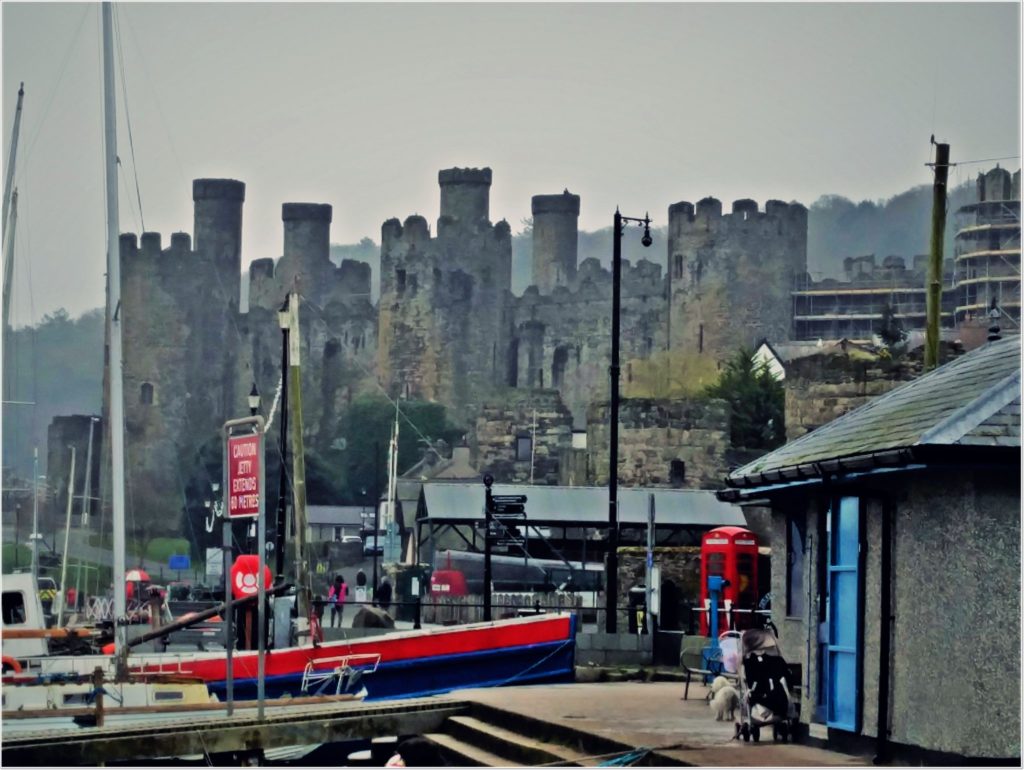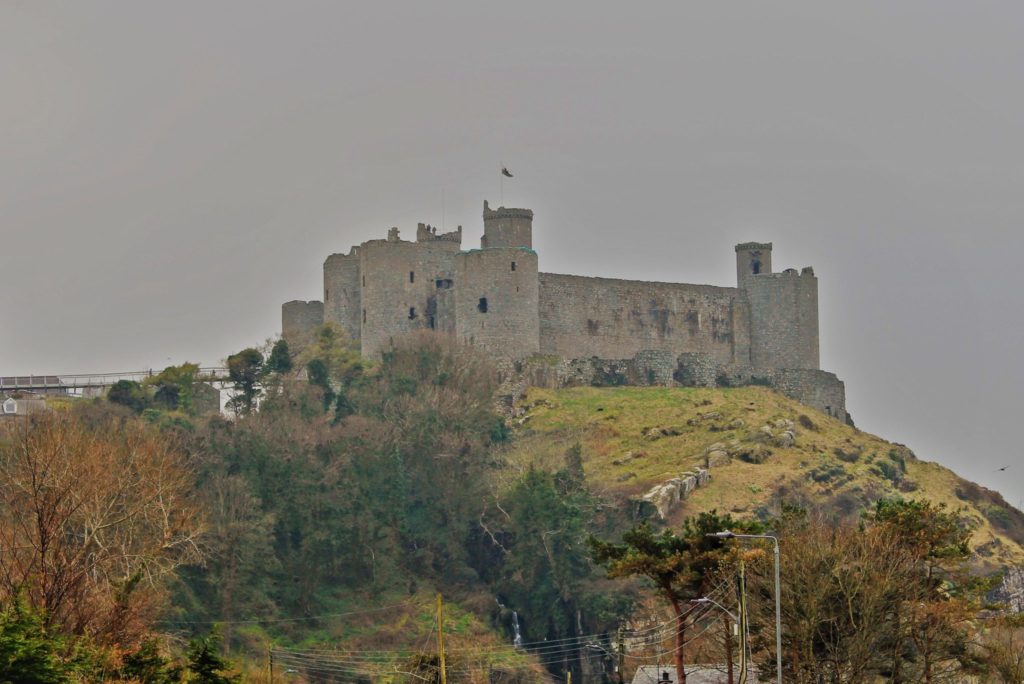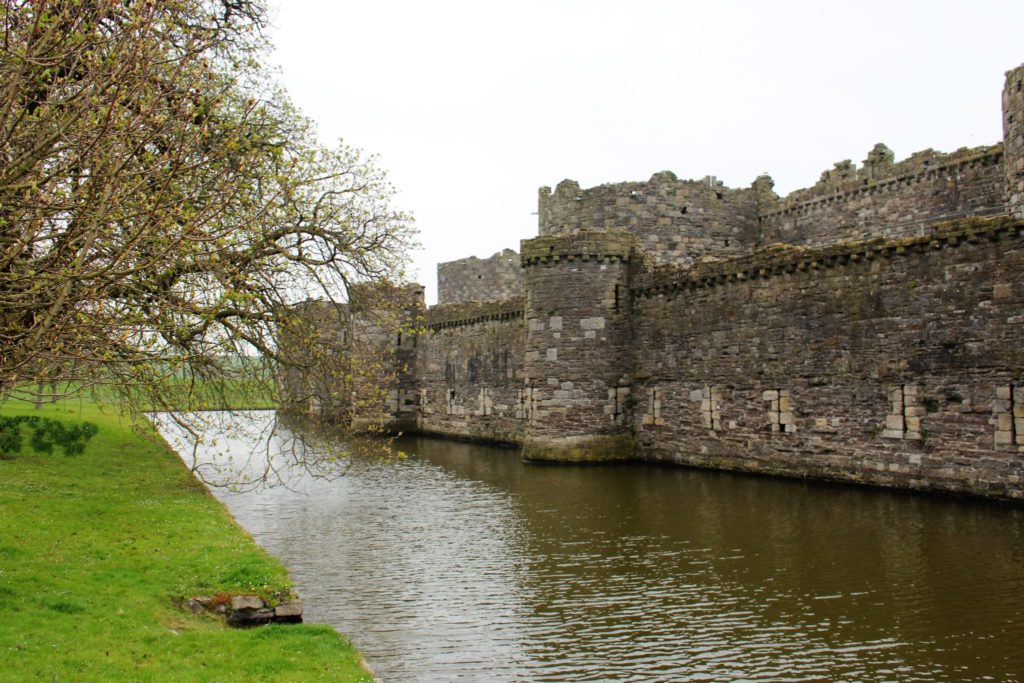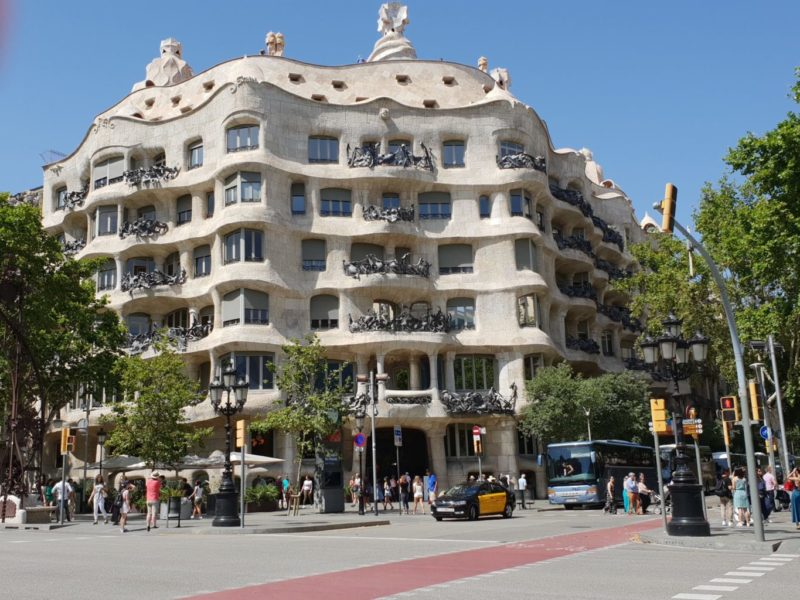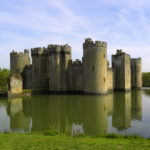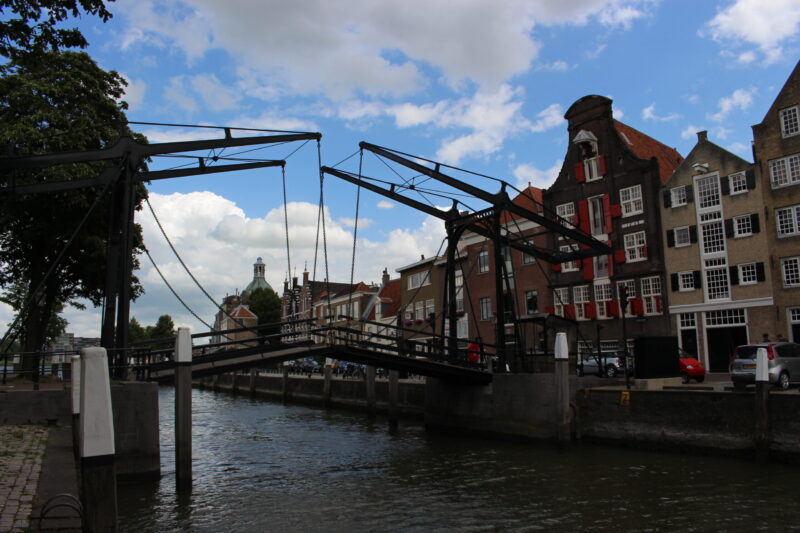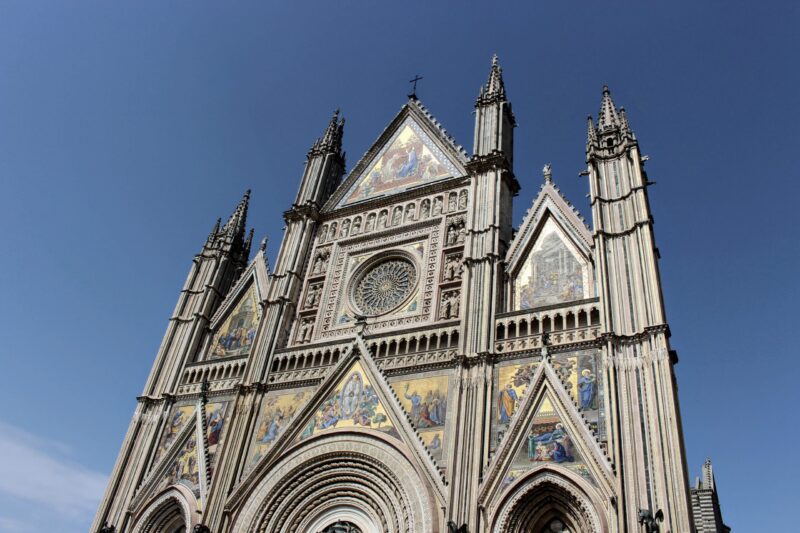Britain has the largest collection of castles in the world. A huge part of them is located in Wales. They say in Wales there are over six hundred castles and still counting. Some of the most impressive gems in this collection make up the “iron ring” of fortresses built by king Edward I. Considered today as fine medieval strongholds Caernarfon Castle, Conwy Castle, Harlech Castle and Beaumaris Castle are all smartly located at different strategic points of north-east Wales. We visited all four of them and were impressed by their military planning and by human quest for conquest and power.



